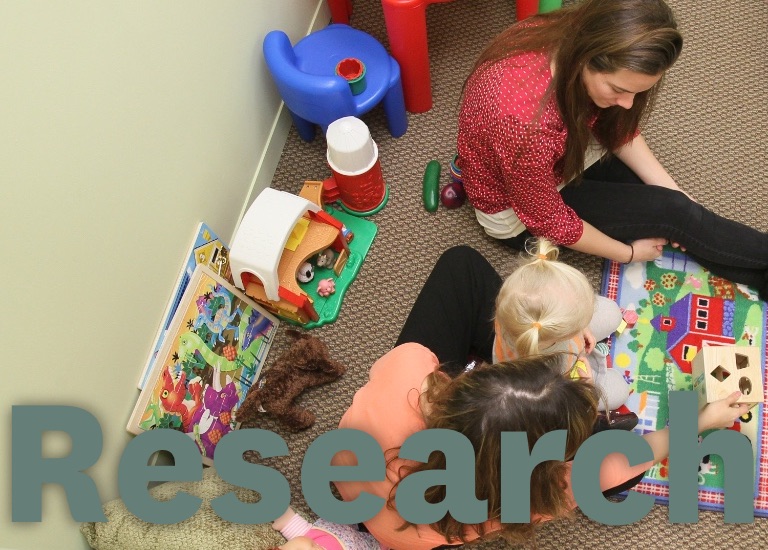Modulating the Motor System with tDCS to Enhance Post-Stroke Motor Recovery
Principal Investigator: Stephanie Lefebvre PhD
Faculty Mentor: Sook-Lei Liew PhD, OTR/L, FAOTA ; Danny JJ Wang PhD (Keck School of Medicine of USC)
Period
Nov 2018 – Aug 2019
Total funding
$23,500
This pilot study will examine how Transcranial direct current stimulation (tDCS) works in post-stroke brain recovery in order to gain critical insight as to how to maximize this promising technology for rehabilitation.
Stroke is a leading cause of adult long-term disability worldwide. Despite intensive therapy, up to 60% of stroke survivors have long-term motor deficits that impede their performance in daily activities. This creates a heavy economic burden for the patients and the community, with costs in the United States alone estimated at $33 billion dollars per year. Accordingly, there is an urgent need to find novel therapeutic interventions to enhance post-stroke neural and motor recovery. Transcranial direct current stimulation (tDCS) is a low-cost, portable form of noninvasive brain stimulation that has shown promise in improving post-stroke motor recovery. tDCS can be used to increase excitability in the post-stroke brain, leading to improvements in motor recovery. However, according to a recent meta-analysis, post-stroke motor improvements from tDCS are only small to moderate, and there is substantial interindividual variability in its effects (for a review, see Lefebvre and Liew, 2017). A major issue limiting the use of tDCS in post-stroke recovery is a lack of understanding of how exactly tDCS works in the post-stroke brain to improve recovery. Studies have shown that tDCS not only modulates the local brain regions being stimulated but also global whole-brain networks (for a review, see Liew et al., 2014). Better understanding how tDCS affects the motor network in individuals after stroke could provide critical insight into how to maximize this promising technology for rehabilitation. Here I propose a two-part experiment using both tDCS alone and simultaneous tDCS-fMRI to map the effects of tDCS on global brain networks in healthy individuals and individuals after stroke. Notably, this fellowship would allow me to collect the necessary pilot data to generate power analyses and to demonstrate the feasibility of this approach so I can successfully apply for larger national grants (e.g., AHA Postdoctoral Fellowship; NIH F32). In the first part, I will examine the effects of tDCS over different neural targets on motor performance in individuals with chronic stroke and age-matched healthy adults. Specifically, tDCS will be applied over three different neural targets (the primary motor area, the supplementary motor area, and the premotor cortex). The impact of tDCS on motor learning will be compared between these three proposed neural targets and groups (stroke, age-matched controls). Then, in a separate session with a subset of the same individuals, I will also perform a simultaneous tDCS-fMRI session in order to understand the effects of tDCS over these different neural targets on whole brain network connectivity. The MRI session will also include diffusion MRI (structural connectivity), resting state fMRI (functional connectivity) and task-based fMRI (diffuse brain activity) to better understand how an individual’s structural and functional brain connectivity might predict the effects of tDCS. Overall, this project will lead to 1) a determination of which neural targets will have the best potential in improving post-stroke motor recovery, 2) a better understanding of the mechanisms of action of tDCS on whole brain networks after stroke, and 3) the potential identification of robust biomarkers that can predict tDCS responsiveness across individuals.
Funding
| Type | Source | Amount |
|---|---|---|
| Intramural | The USC Provost’s Postdoctoral Scholar Research Grant | $23,500 |





